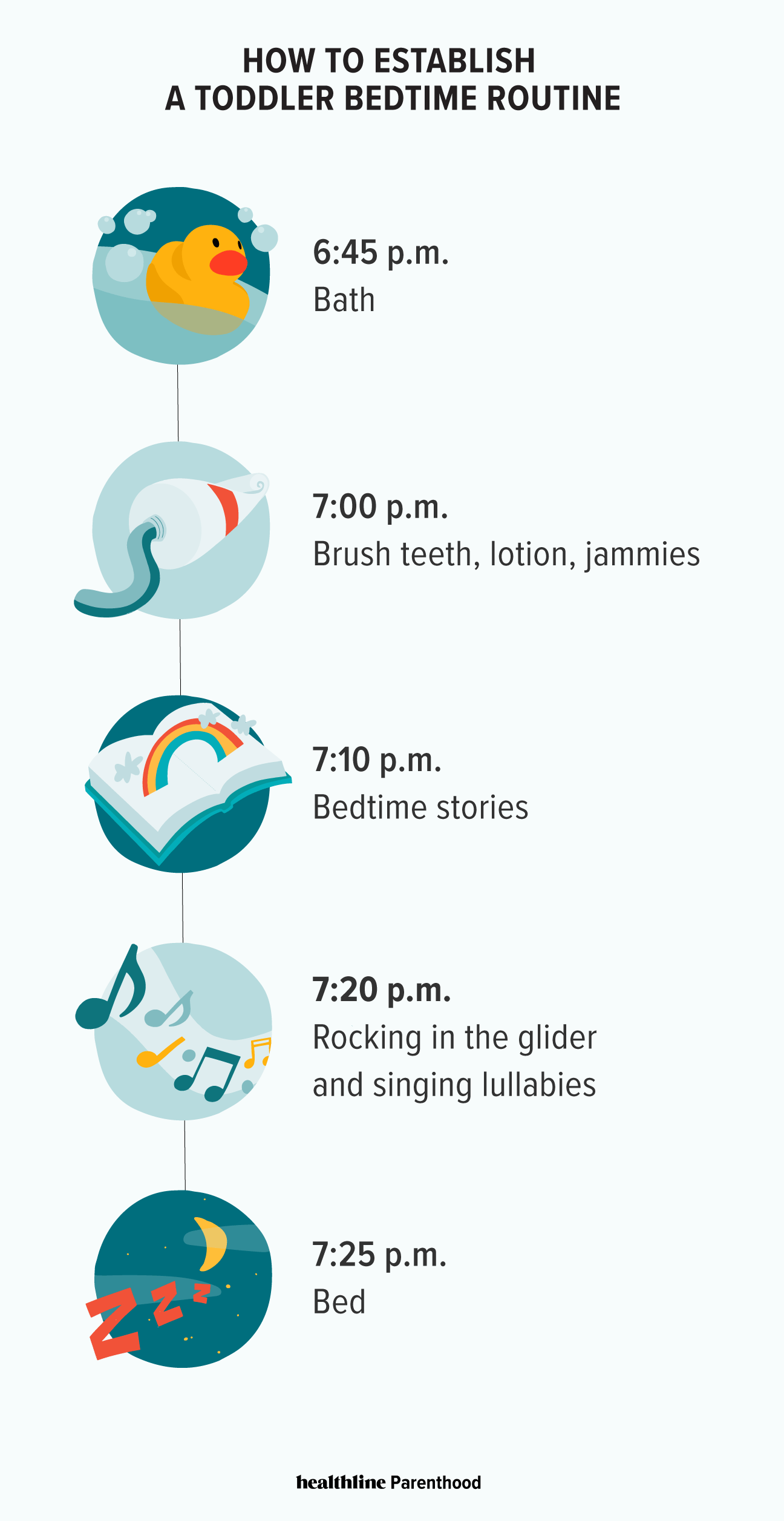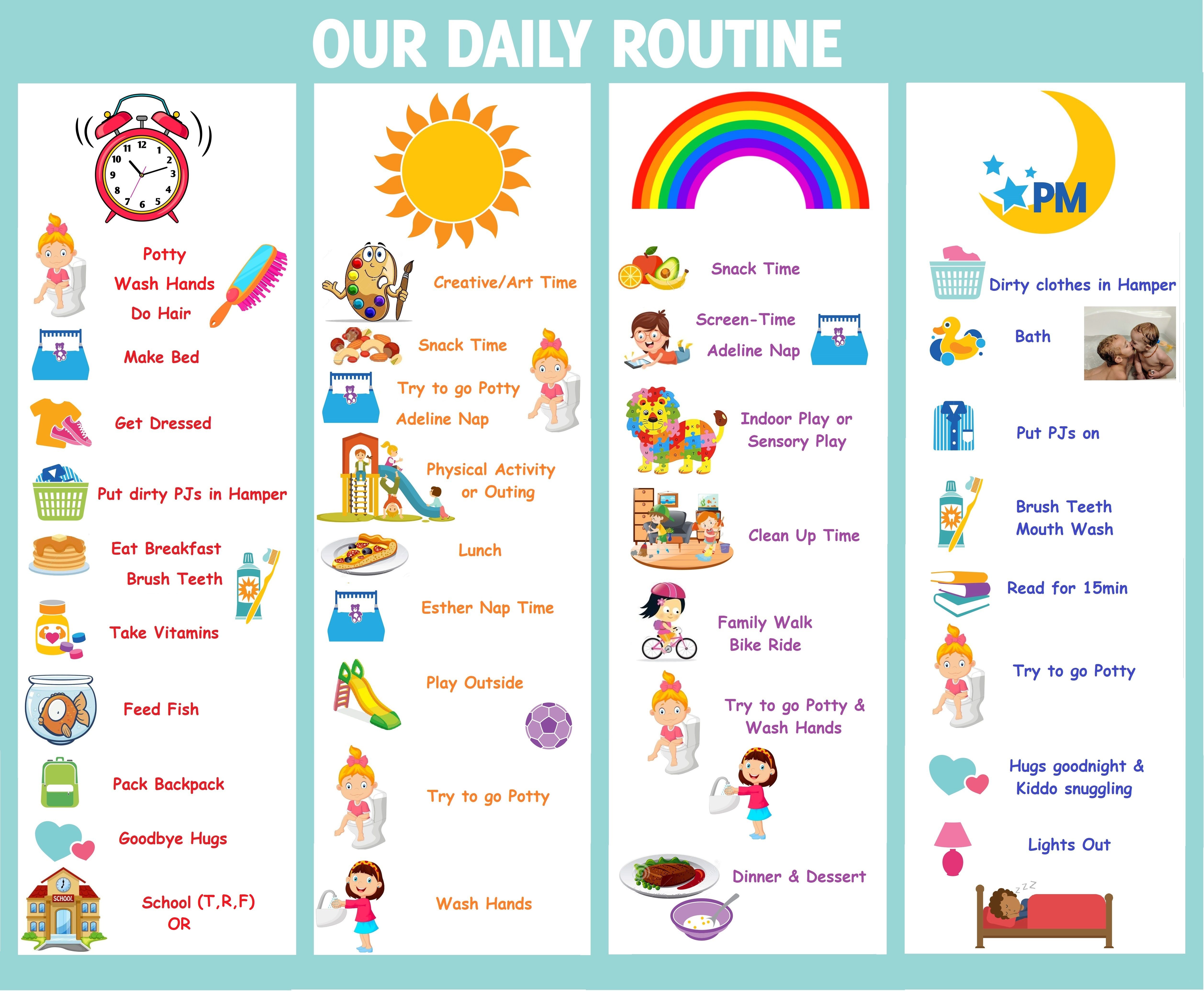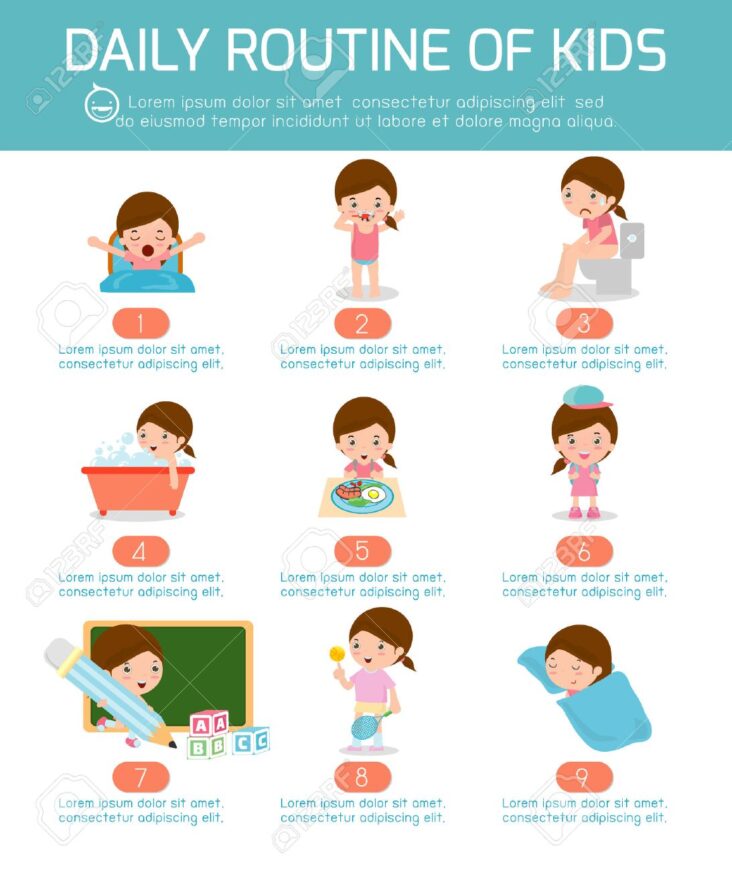Are you having trouble getting your kids to bed at a reasonable time? Establishing a bedtime routine can be a great way to help them wind down from the day and get a good night’s rest. In this article, we’ll discuss how to create an engaging bedtime routine that will help your children relax and get ready for bed. We’ll also explore the benefits of a bedtime routine and provide some tips to help you get started. With these helpful ideas, you’ll be on your way to creating a bedtime routine that works for your family in no time.
Set bedtime and wake time.

Establishing a regular bedtime and wake time is an important part of creating a successful bedtime routine for your kids. Setting consistent times will help them get used to their new routine and make it easier to stick to.
Create calming activities.

Creating a calming activity before bedtime is an important part of a successful bedtime routine. Incorporating activities such as reading, listening to music, or doing a light yoga routine can help children relax and transition into sleep.
Establish bedtime rituals.

Establishing bedtime rituals can help kids stick to a consistent schedule and create a sense of security and comfort. This could include a warm bath, brushing teeth, and reading a book together.
Remove toys from bedroom.

Removing toys from your child’s bedroom helps to create a calming environment and promotes better sleep. This can be done by making sure they are put away before bedtime and limiting the number of toys they have access to.
Ensure healthy sleep environment.

Creating a healthy sleep environment is essential for establishing a bedtime routine. Keep your child’s bedroom dark, quiet, and cool to promote better sleep.
Stick to the routine.

Sticking to the bedtime routine is key to helping your child wind down and get ready for bed. Consistency is key, so be sure to follow the same routine each night to ensure a peaceful transition to bedtime.




